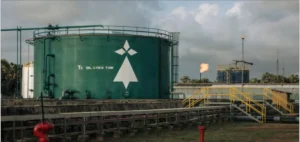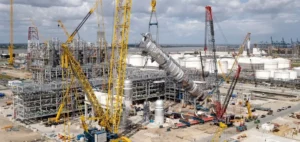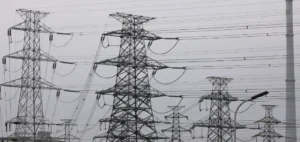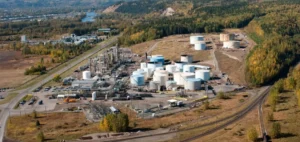S‑Fuelcell is reinforcing its efforts to deploy its Grid‑Free, On‑Site (GFOS) platform, designed to address the rapidly increasing energy needs of artificial intelligence-focused data centres. The solution aims to ensure power supply independently from increasingly strained electric grids, amid the fast-paced growth of digital infrastructure.
An architecture adapted to computational loads
The GFOS system is built on a modular configuration using Polymer Electrolyte Membrane (PEM) fuel cells, assembled in series or parallel to deliver megawatt-scale output. This design supports highly variable load cycles typical of AI operations while meeting Tier 3+ uptime requirements.
The platform has been engineered to initially operate on natural gas, with built-in compatibility for hydrogen in future use cases. This dual-fuel approach ensures operational continuity for site operators while anticipating energy infrastructure evolution in various industrial regions.
Addressing grid capacity constraints
The rapid growth of AI data centres is increasing pressure on electric grids, especially in areas where distribution capacity struggles to keep pace with demand. S‑Fuelcell presents GFOS as a solution to bypass these limitations, avoiding the delays associated with grid expansion and the large-scale investments needed for new connections.
Initial installations powered by natural gas are expected to meet immediate demands at sites where AI loads are rising faster than utility capacity. The subsequent transition to hydrogen will require minimal technical adjustments, allowing the solution to align with hydrogen economy plans being developed across several global markets.
Industrial deployment and international expansion
S‑Fuelcell plans to increase its domestic production capacity to meet growing demand driven by the expansion of AI infrastructure. The company is also evaluating the establishment of overseas manufacturing capacity to optimise logistics costs and reduce supply times.
This strategy aims to build a supply chain tailored to the constraints of data centres, where energy resilience and rapid deployment are becoming critical factors for operators.






















